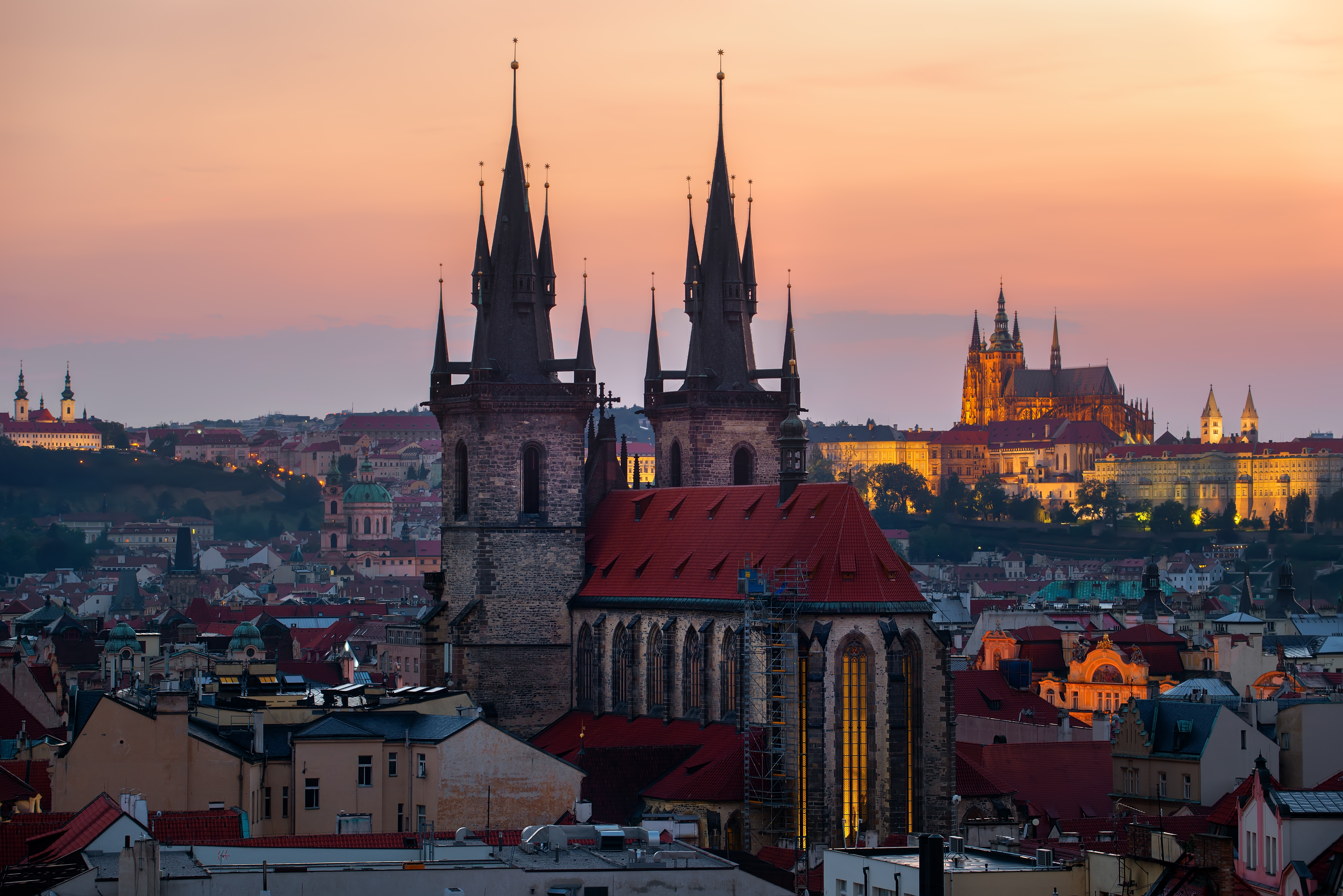14 Abandoned Landmarks That Are More Beautiful Than Ever
In a world that’s constantly building up, there's something breathtaking about what gets left behind. From forgotten islands to silent theaters reclaimed by nature, these abandoned landmarks carry a beauty born of stillness, time, and decay. More than just relics of the past, they are reminders that history never disappears—it just waits patiently to be rediscovered. Here are 14 stunning abandoned landmarks from around the globe that are more beautiful now than they ever were in their prime.
1. Houtouwan Village – Shengshan Island, China
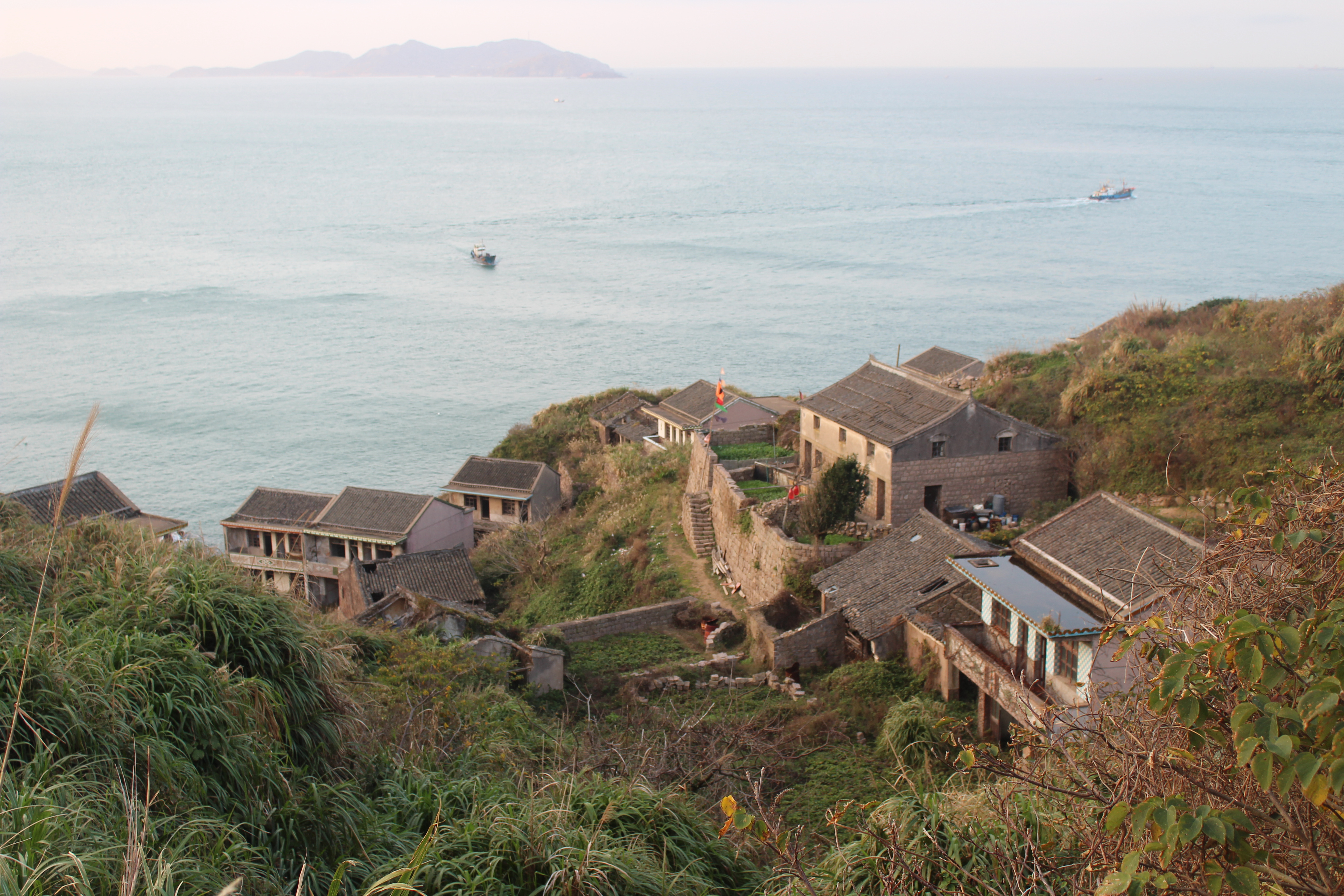
Once home to over 2,000 residents, Houtouwan was a bustling fishing village on the remote Shengshan Island, part of the Shengsi archipelago off China’s eastern coast. But by the 1990s, the hardships of isolation—difficult transport, limited access to education, and dwindling job opportunities—led its inhabitants to relocate to more accessible areas. Left to the elements, the village began to vanish beneath a cascade of green. Today, nature has almost completely reclaimed Houtouwan: thick ivy and moss blanket rooftops, vines slither through windows, and trees grow inside living rooms. The result is a stunning fusion of human craftsmanship and untamed wilderness. Tourists now trek here not for fishing, but for the serene silence, photo-worthy vistas, and the sense that time here has surrendered to the forest. Houtouwan is no longer a place to live—but it is absolutely a place to feel.
2. The Buzludzha Monument – Bulgaria
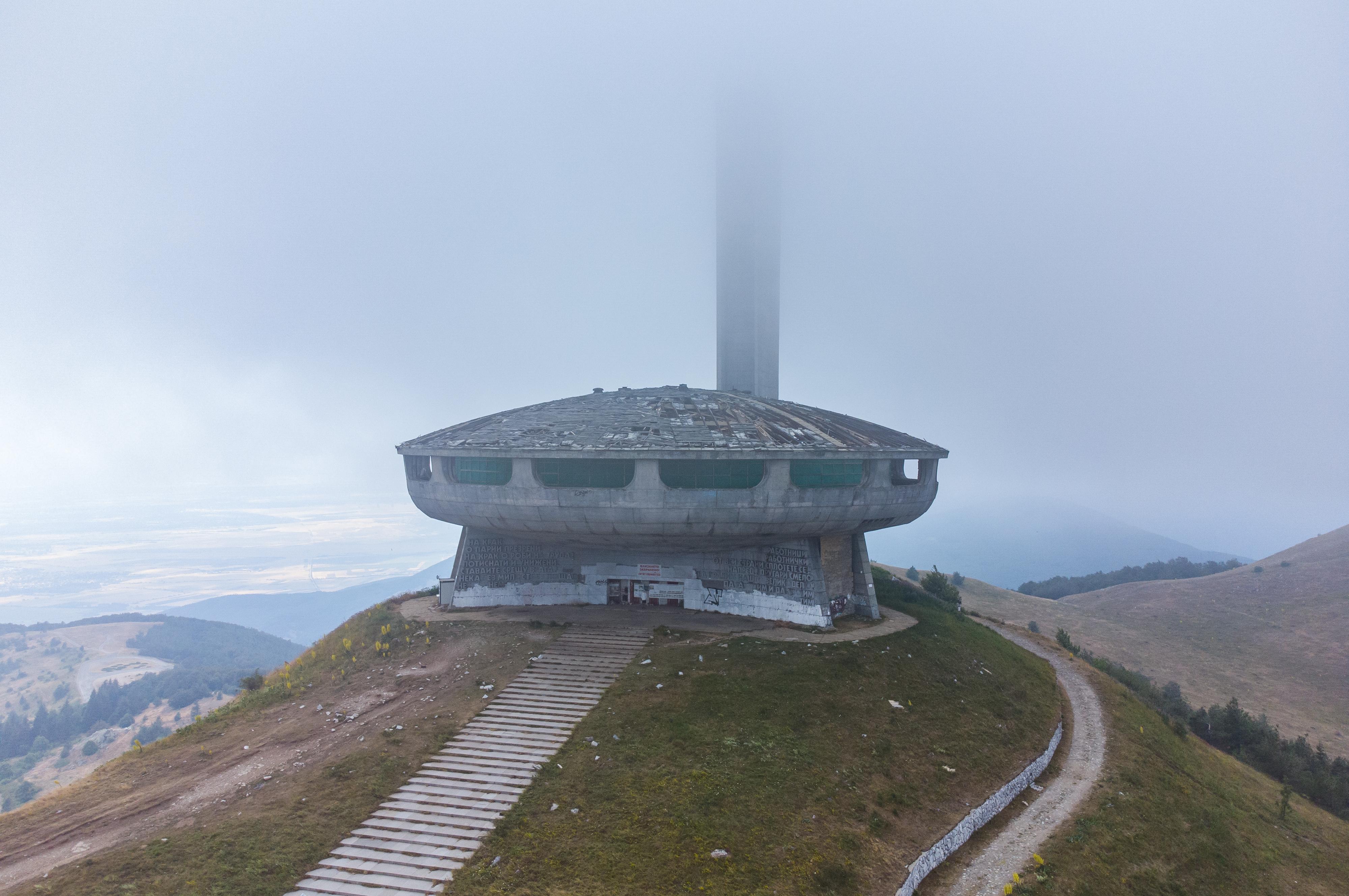
Standing like a fallen spaceship atop a remote Bulgarian peak, the Buzludzha Monument was once a dazzling showpiece of socialist pride. Completed in 1981, the structure celebrated the founding of the Bulgarian Social Democratic Party and featured sweeping murals, red star mosaics, and a grand circular auditorium. Its brutalist exterior, shaped like a giant concrete saucer, was meant to symbolize the strength and futuristic vision of communism. But when the regime fell just a few years later, Buzludzha was abandoned to the wind and snow. Today, its deteriorating walls, graffiti-tagged columns, and gaping holes in the ceiling create a sense of epic decay. Yet even in ruin, it commands awe—especially at sunrise or dusk, when fog drapes the mountain and the skeletal remains glow like a relic of an alien civilization. It’s a haunting, cinematic monument to lost ideologies and architectural ambition.
3. Craco – Basilicata, Italy
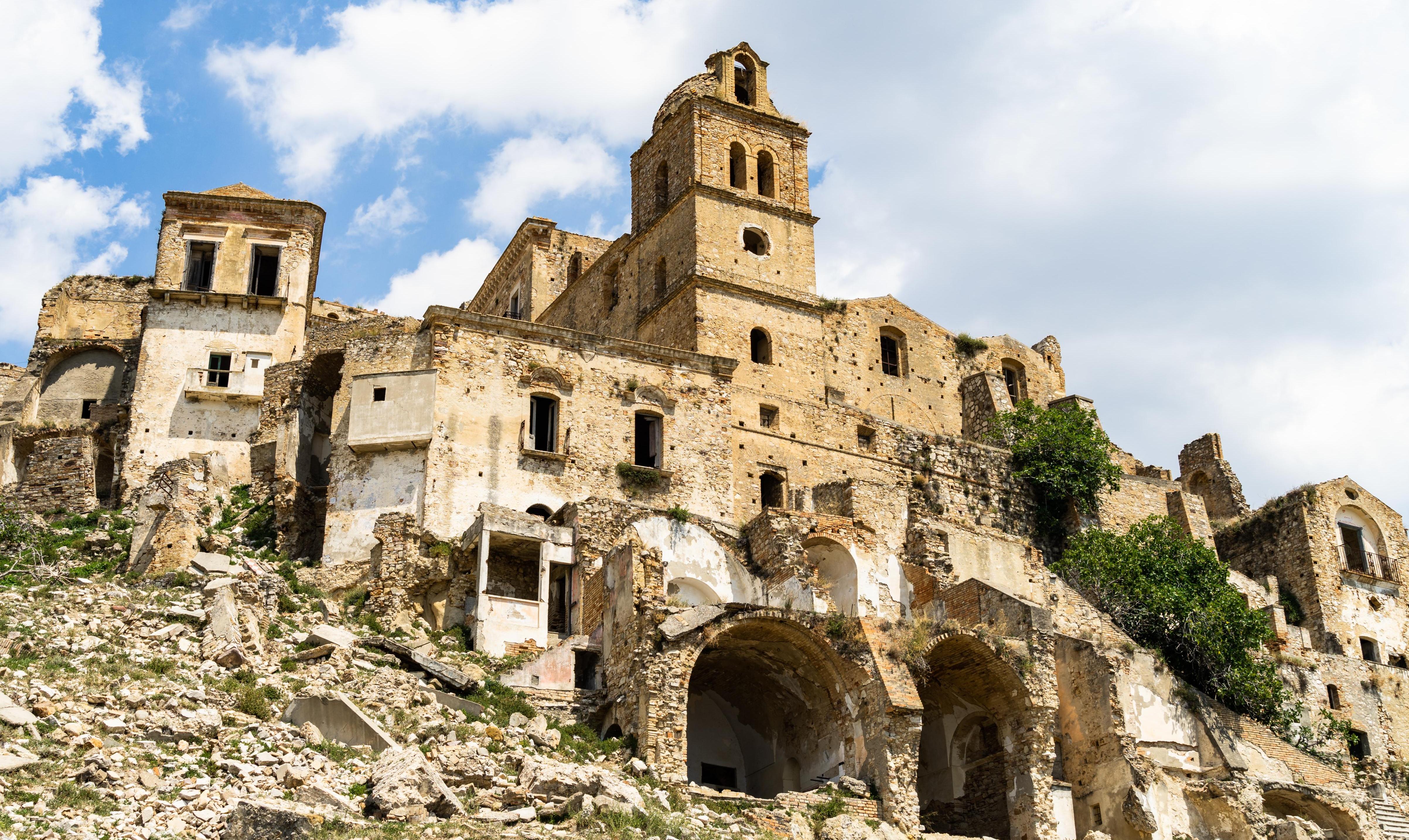
Craco isn’t just an abandoned town—it’s a ghostly vision of medieval elegance frozen in mid-collapse. Perched precariously on a hilltop in Italy’s Basilicata region, this once-bustling village dates back to the 8th century. Its strategic location made it ideal for defense, but it also rendered it highly susceptible to natural disasters. Landslides in the 1960s, followed by earthquakes and floods, finally forced residents to evacuate. What remains is a hauntingly intact skyline of towers, chapels, and stone homes that seem to gaze over the valley like petrified guardians. The interiors of buildings still bear traces of everyday life: rusted iron beds, broken pottery, faded murals. Craco’s unique appearance has drawn filmmakers, making it the backdrop for numerous movies and a haven for photographers and history buffs. As the sun sets behind its crumbling bell tower, Craco’s beauty only grows deeper—rich in silence, memory, and mystery.
4. Kolmanskop – Namib Desert, Namibia
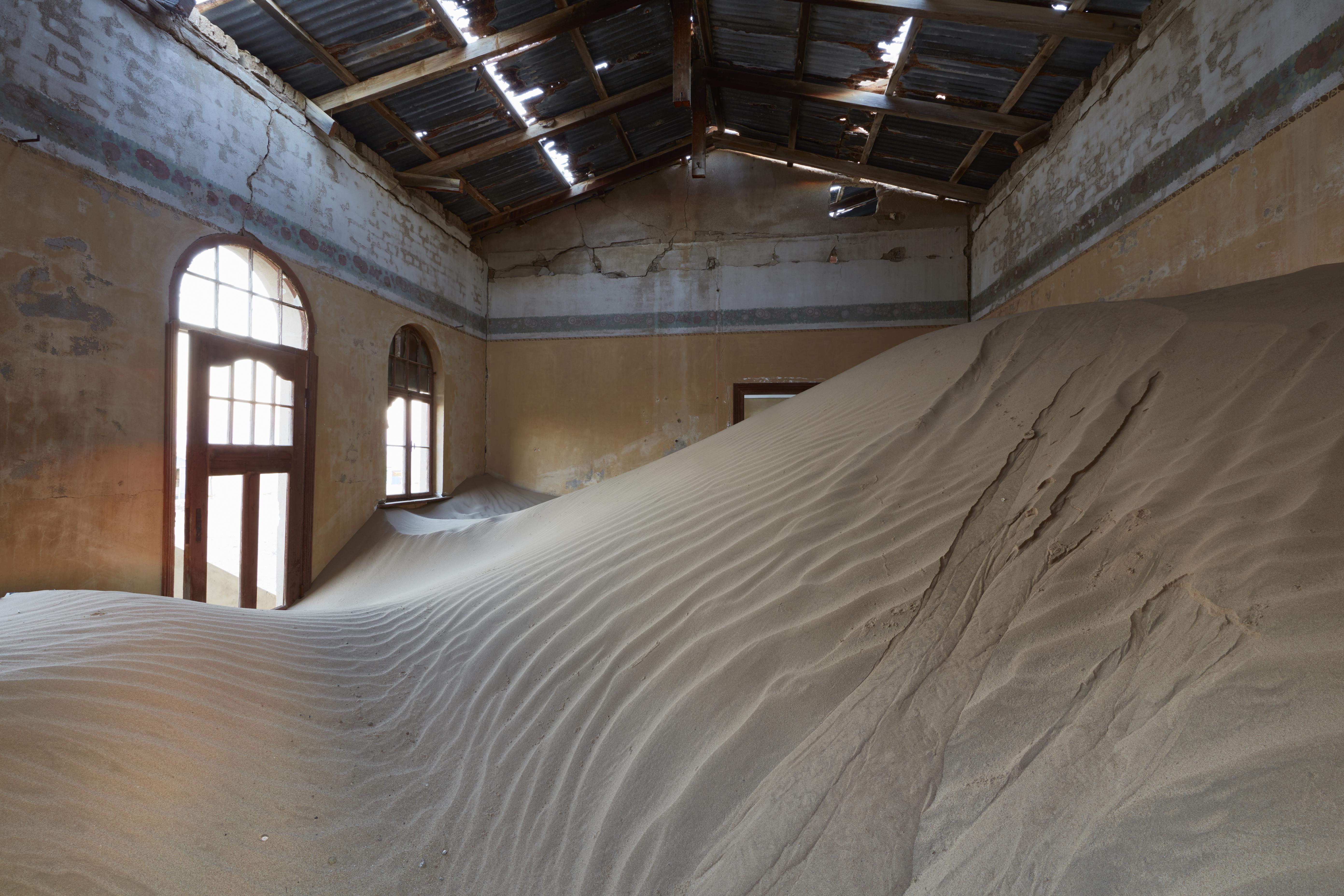
In the early 1900s, Kolmanskop sprang up almost overnight in the harsh Namib Desert after diamond miners struck it rich. German colonialists brought with them luxuries unheard of in the desert—ballrooms, a casino, a hospital, and even the first x-ray machine in the Southern Hemisphere. But as the diamonds dwindled by the 1950s, so did the population, and Kolmanskop was soon left to the sands. Today, it’s one of the world’s most surreal ghost towns. The desert, relentless and poetic, has crept into every room—dining halls filled waist-deep with fine grains, pianos silenced under sand drifts, and staircases leading to dunes instead of doorways. The pastel walls, worn by time, create an eerie pastel dreamscape that feels like a surrealist painting come to life. A popular subject for photographers, Kolmanskop is a poignant reminder of how quickly wealth can vanish—and how beautifully nature writes over what we leave behind.
5. Garnet Ghost Town – Montana, USA
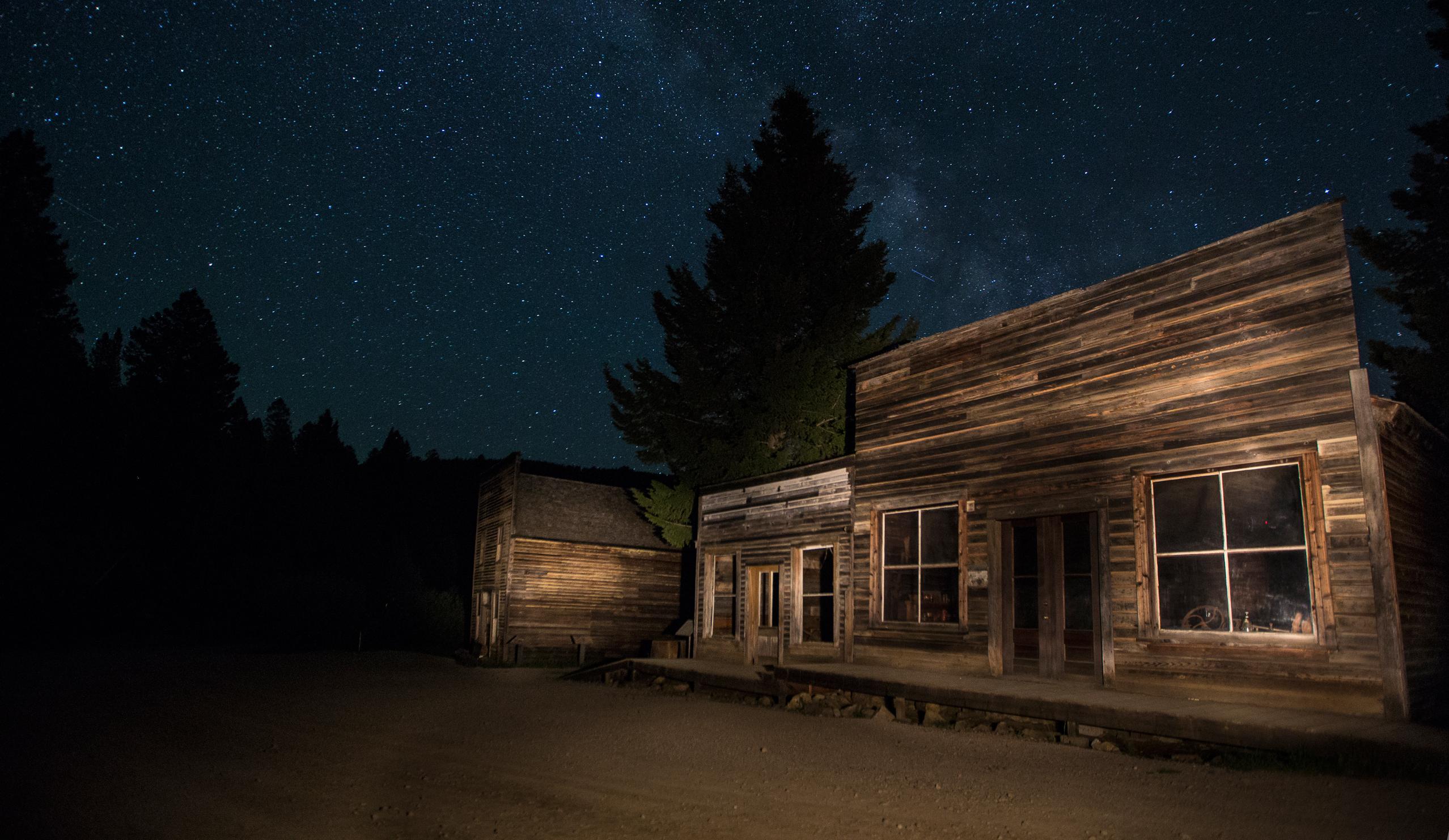
Hidden in the forested hills of western Montana, Garnet is one of the best-preserved ghost towns in the American West. Unlike more commercialized frontier relics, Garnet retains an authenticity that makes it feel as though the last miner just stepped out for a smoke and never returned. Founded in the 1890s during Montana’s gold rush, Garnet once hosted over 1,000 people, complete with saloons, hotels, and general stores. But when the gold dried up and World War I lured men elsewhere, the town emptied. Today, thanks to preservation efforts, visitors can walk among weathered cabins, peek into the dilapidated Wells Hotel, or hear the wind whistle through the abandoned jail. Set against a backdrop of pine-covered hills, Garnet feels less like a ruin and more like a time capsule—one that whispers stories of hardscrabble lives, boom-and-bust dreams, and the enduring romance of the American frontier.
6. Hashima Island – Nagasaki, Japan
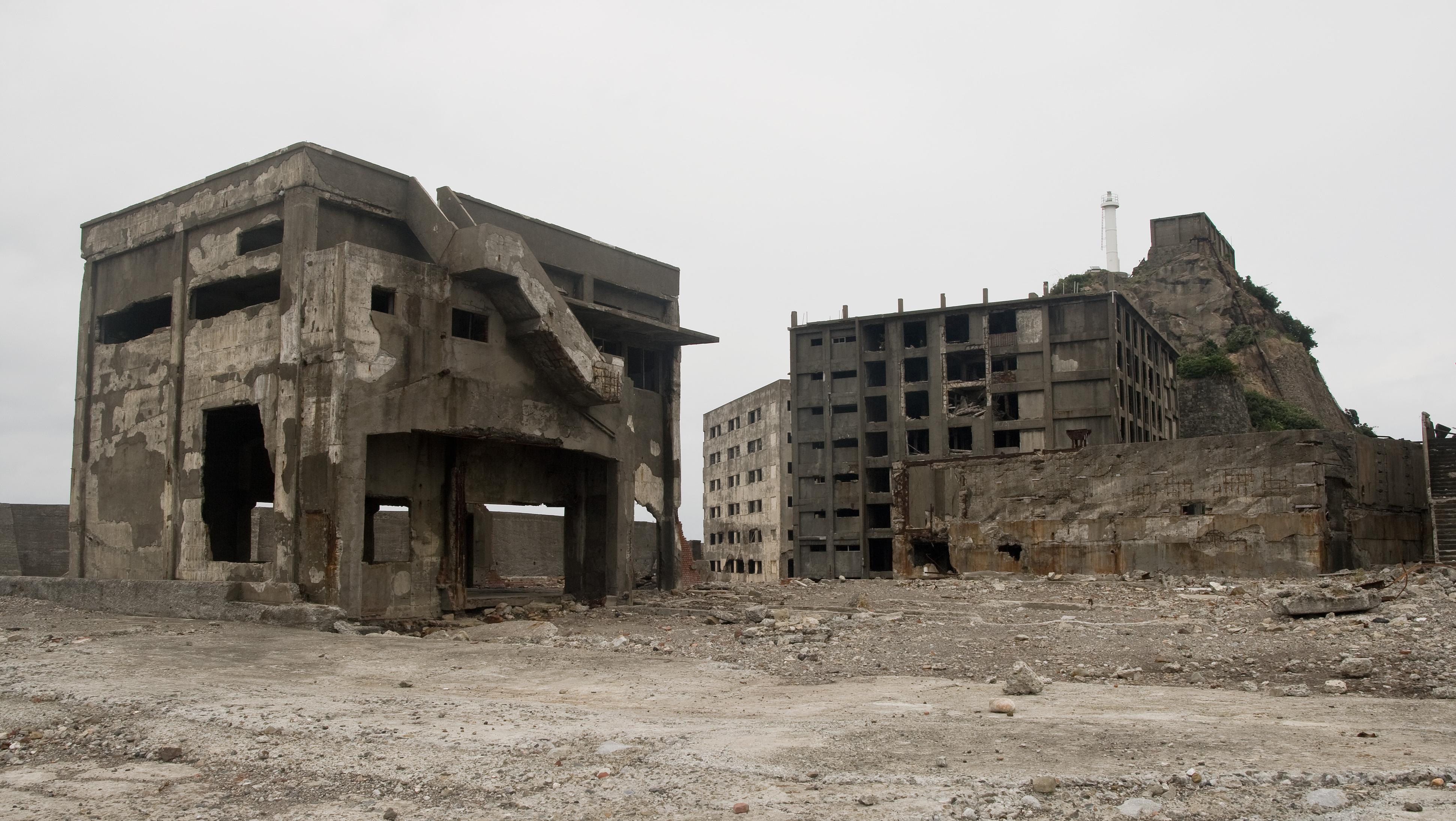
From afar, Hashima Island resembles a derelict battleship adrift in the sea—hence its nickname, “Gunkanjima” or Battleship Island. Once a bustling coal-mining colony, the island was operated by Mitsubishi from the 1880s until 1974. At its peak, more than 5,000 people lived in its high-rise concrete apartment blocks, packed tightly onto the tiny, sea-walled island. When petroleum overtook coal in the 1970s, operations ceased, and residents were evacuated almost overnight. Now, Hashima sits eerily quiet in the sea, its windowless buildings collapsing inward, vines creeping through concrete corridors. The juxtaposition of industrial decay and oceanic isolation makes it profoundly haunting. It’s also steeped in complex history—some workers during World War II were forced laborers, adding a darker layer to its legacy. Hashima has since gained global attention, featuring in James Bond’s Skyfall and inspiring urban explorers to uncover its forgotten stories—though only parts of the island are now accessible to the public via guided tours.
7. Beelitz-Heilstätten – Brandenburg, Germany
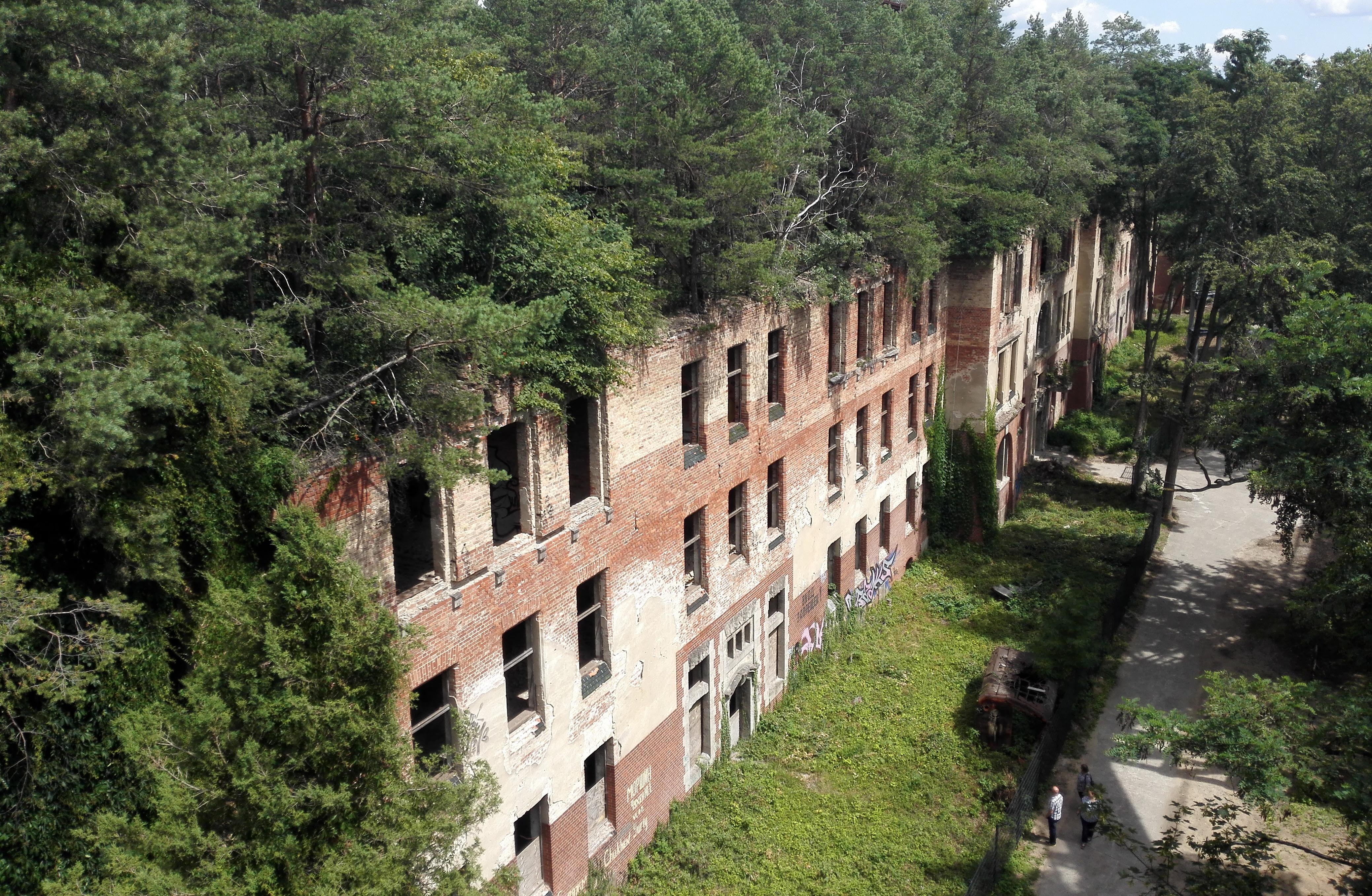
Just outside Berlin lies Beelitz-Heilstätten, a massive medical complex built in the late 19th century as a tuberculosis sanatorium. Over the decades, it transformed into a military hospital used during both World Wars, even treating a wounded Adolf Hitler in 1916. After Germany’s reunification, much of the site was abandoned, and that’s when its haunting beauty began to bloom. Ivy coils around stairwells, roots burst through broken floor tiles, and vines spill through shattered stained-glass windows. Entire wings of operating theaters and patient wards lie eerily intact, eerily silent. Sunlight pierces through broken ceilings, illuminating tiled corridors that feel like something out of a dream—or a ghost story. A portion of Beelitz has since been restored, but the remaining abandoned buildings have attracted photographers, thrill-seekers, and film crews (parts of The Pianist and Valkyrie were shot here). It’s a place where medicine, memory, and nature entwine in the most poetic decay imaginable.
8. Poveglia Island – Venice, Italy
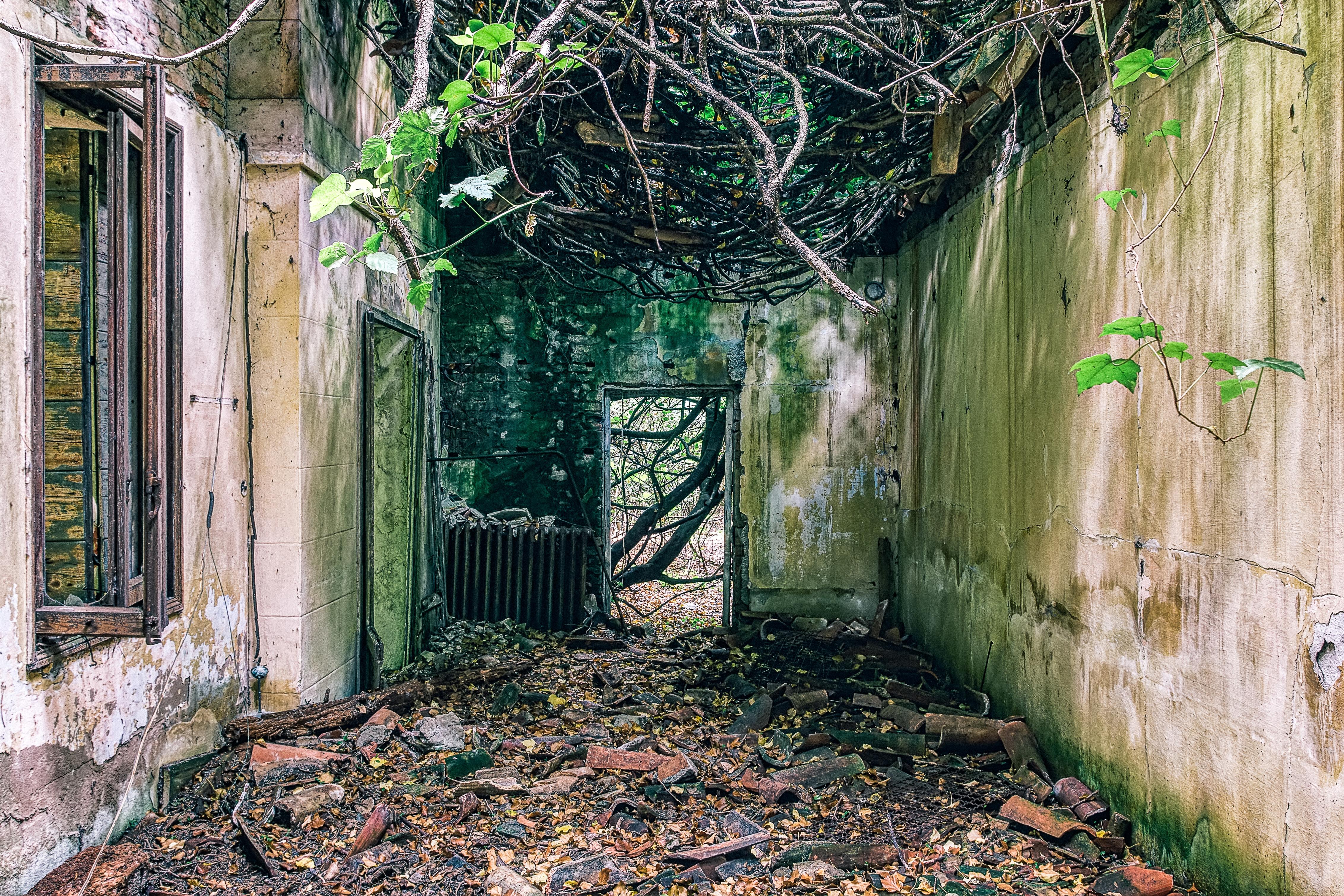
Floating in the quiet Venetian Lagoon, just a short boat ride from the grandeur of Venice itself, Poveglia Island is one of Italy’s most infamous and visually haunting abandoned landmarks. Though serene from a distance, its overgrown courtyards and collapsing structures tell a darker story—one that blends plague, paranoia, and the passage of time. In the 18th century, Poveglia was used as a quarantine station for ships suspected of carrying infectious diseases. It’s said that thousands of plague victims died here, their remains interred in mass graves beneath the soil. Later, in the early 20th century, the island housed a psychiatric hospital, where rumors of unethical experiments and ghostly sightings further cemented its sinister reputation. Today, Poveglia is completely uninhabited, a hauntingly beautiful patch of green and crumbling architecture embraced by shimmering blue waters. The buildings, now skeletal ruins, are choked with ivy and strewn with decaying medical equipment, while trees grow through collapsed roofs. Despite its eerie history, the island’s contrast of tranquil nature and decaying man-made structures creates an unexpectedly poetic, melancholic beauty. It's a place suspended between myth and reality—a haunting jewel of the Venetian archipelago.
9. Varosha – Famagusta, Cyprus
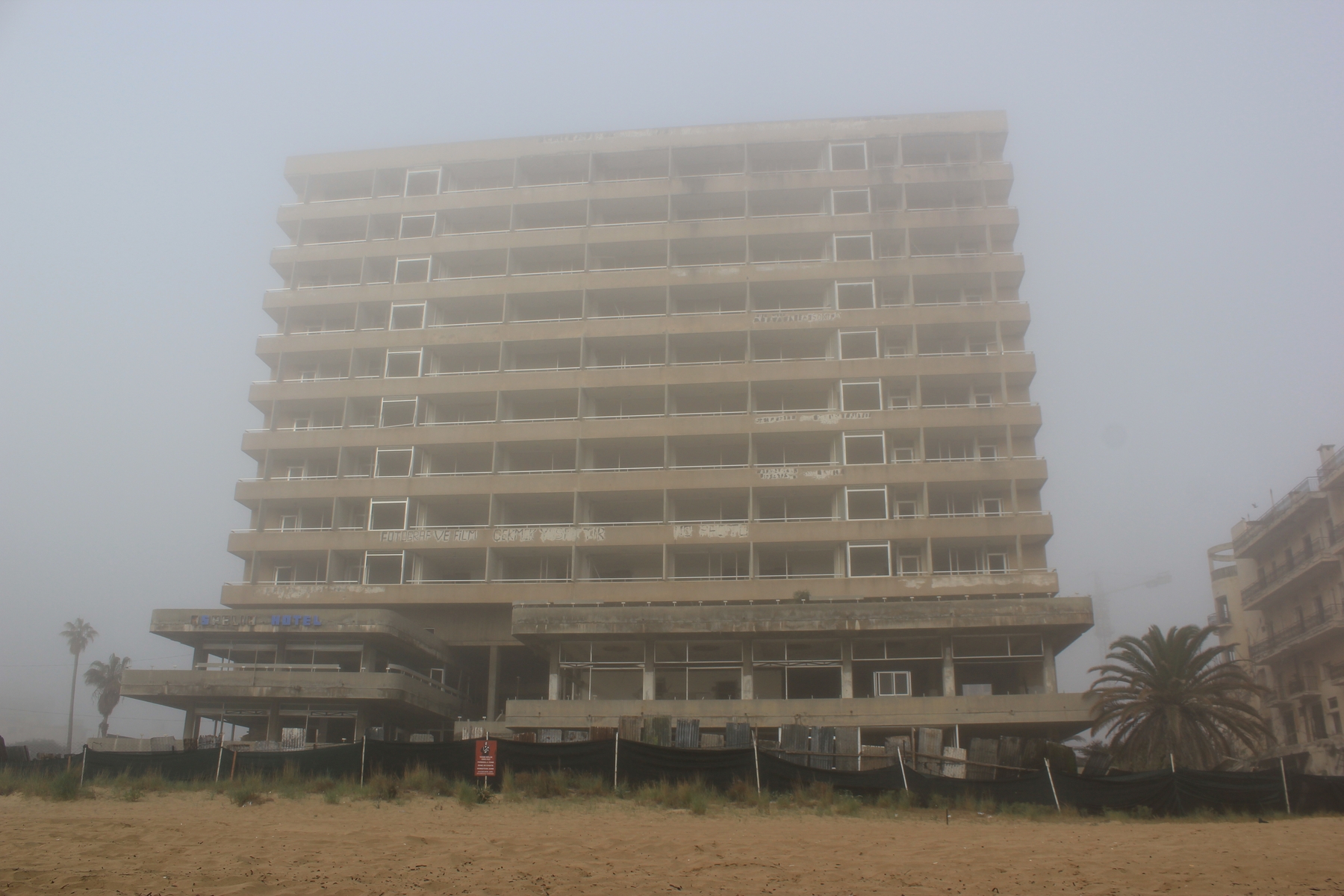
Once the glittering jewel of Cyprus’s tourism industry, Varosha was the place to be in the early 1970s. Celebrities lounged on its sun-soaked beaches, high-rise hotels lined the coast, and boutiques buzzed with life. But all of that came to a sudden halt in 1974, when Turkey invaded Cyprus following a military coup. The residents of Varosha fled overnight, leaving beach towels on chairs and store mannequins dressed in the latest '70s fashion. The Turkish military fenced off the entire district, turning this lively resort town into an untouched time capsule—off-limits to civilians for nearly five decades. Today, the chain-link fences have started to open, revealing a strangely preserved city frozen in time. Cracked sidewalks are now littered with wildflowers, palm trees stretch unchecked into the streets, and rusted hotel signs still bear the names of long-defunct luxury brands. The Mediterranean continues to lap at Varosha’s shorelines, as if nothing changed, even as the city behind it slumbers in silence. With recent partial reopenings, curious travelers can now glimpse this lost paradise, where the glamour of the past meets the gravity of history.
10. Belchite – Aragón, Spain
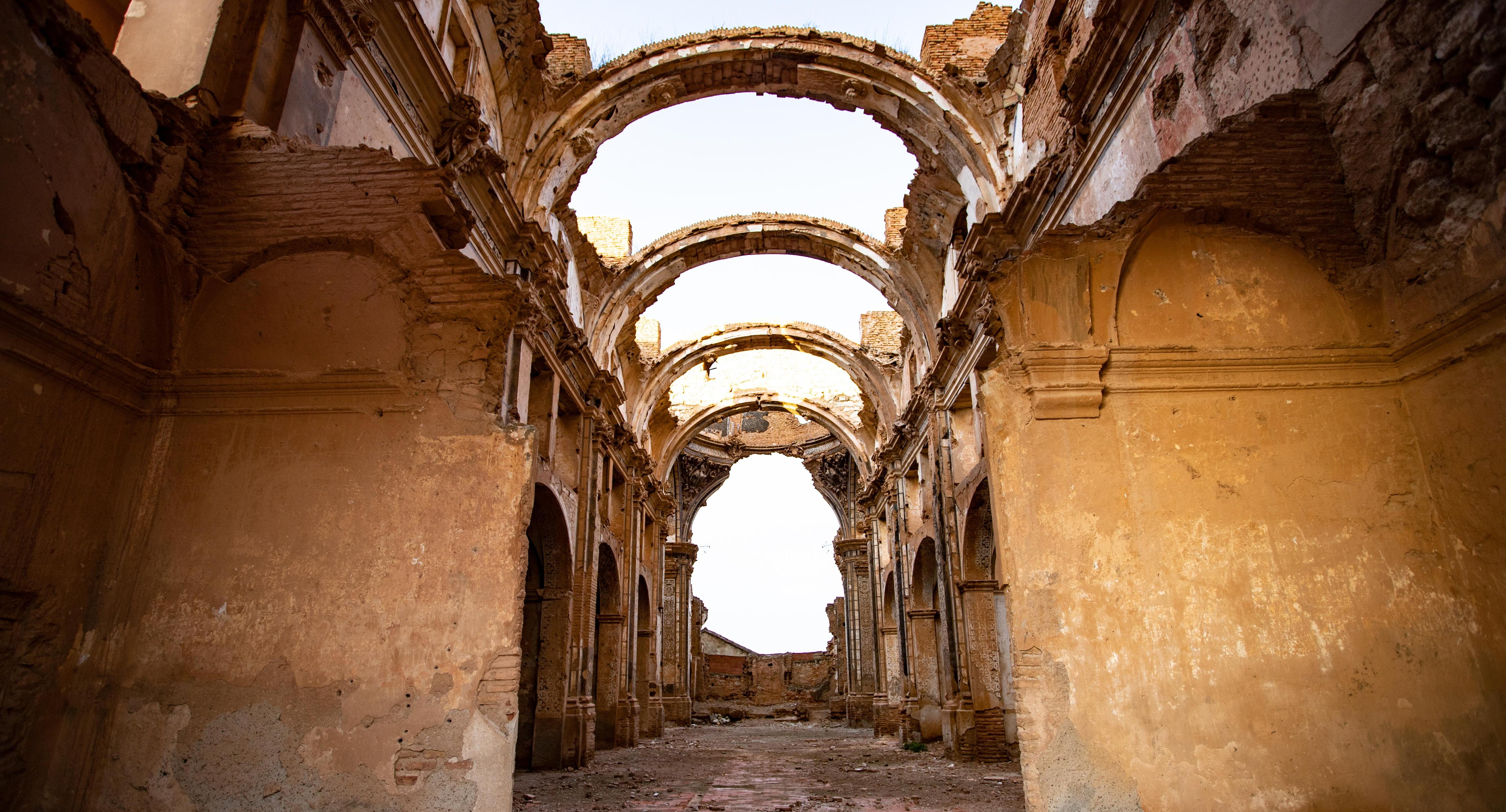
Belchite is a town that doesn’t pretend the past never happened—instead, it wears its scars with solemn grace. Located in the Spanish region of Aragón, Belchite was the site of a brutal battle during the Spanish Civil War in 1937. The fighting reduced the village to rubble, and instead of rebuilding, a new town was constructed nearby. The ruins of the old Belchite were left as they were—an intentional, open-air monument to the horrors of war. Walking through Belchite today feels like stepping into the aftermath of an ancient storm. Crumbling baroque churches still reach toward the sky, their bell towers pierced with bullet holes. Narrow alleys wind past collapsed homes and arched windows that frame only blue sky. The silence here is heavy, but it’s not empty—it vibrates with memory. The site has since become a magnet for artists, historians, and even filmmakers, drawn to its haunting beauty and its refusal to forget. In preserving its ruins, Belchite has transformed its tragedy into a sacred, unforgettable work of historical art.
11. Pyramiden – Svalbard, Norway
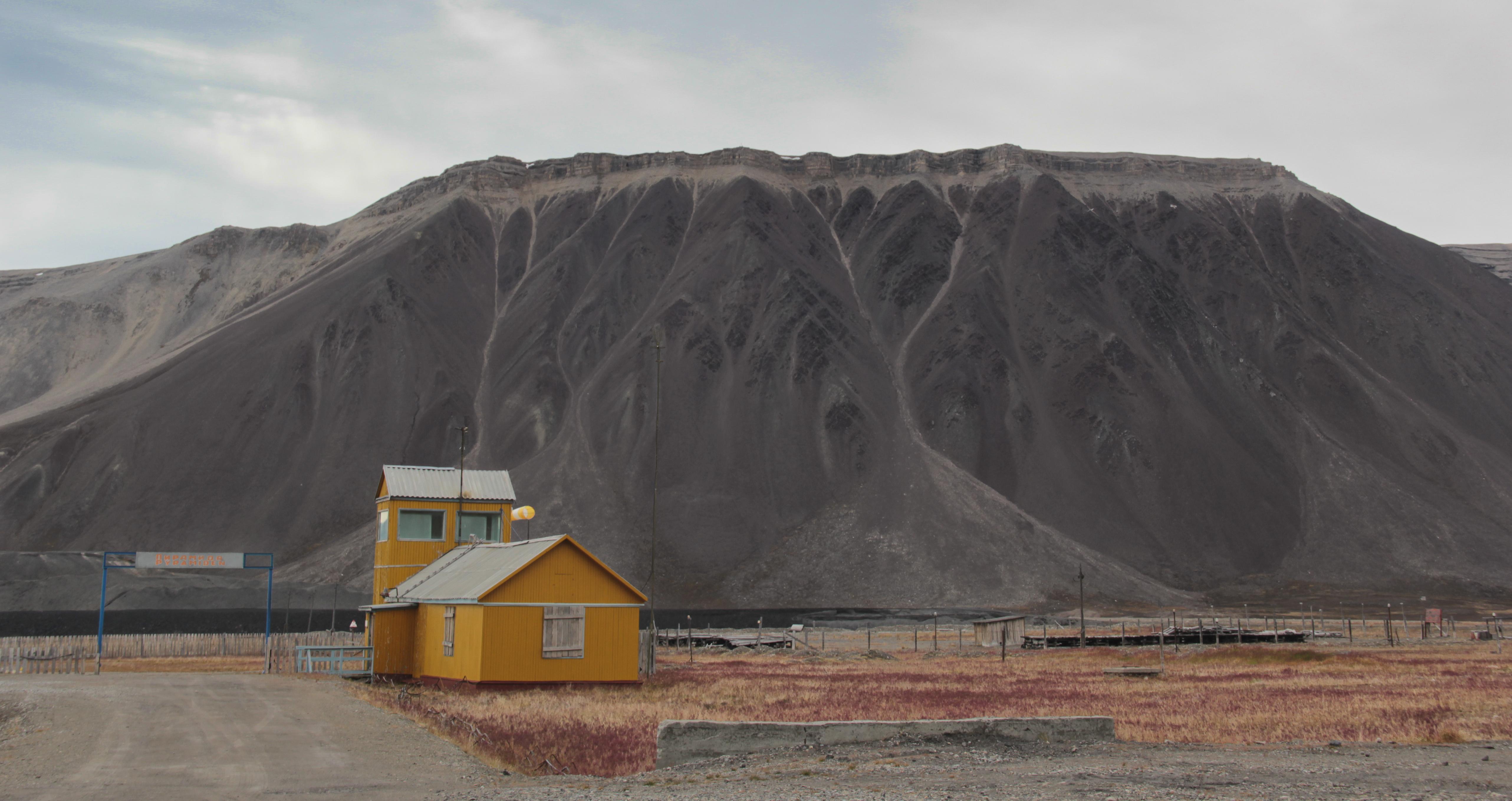
Perched on the frigid edge of the world, Pyramiden is a Soviet-era mining town located in Norway’s Svalbard archipelago—just 800 miles from the North Pole. Founded by Sweden but later sold to the Soviet Union, the town was developed into a fully functioning community in the Arctic wilderness. It had everything a remote mining colony could need: a cultural center, sports halls, greenhouses, and even the world’s northernmost statue of Lenin. But when the coal ran out in the late 1990s, the settlement was abandoned practically overnight. What’s astonishing is how perfectly preserved it remains. Thanks to the freezing climate, items like books, children’s toys, and typewriters still sit untouched in offices and apartments. The school’s piano is silent but intact, and the empty swimming pool echoes with the ghost of laughter. Surrounded by icy fjords and stark tundra, the town feels like a frozen stage set—half science fiction, half time capsule. Today, a few caretakers maintain the site for curious visitors, and guided tours provide a rare glimpse into life on the edge of civilization, locked in permafrost and memory.
12. Ta Prohm – Siem Reap, Cambodia
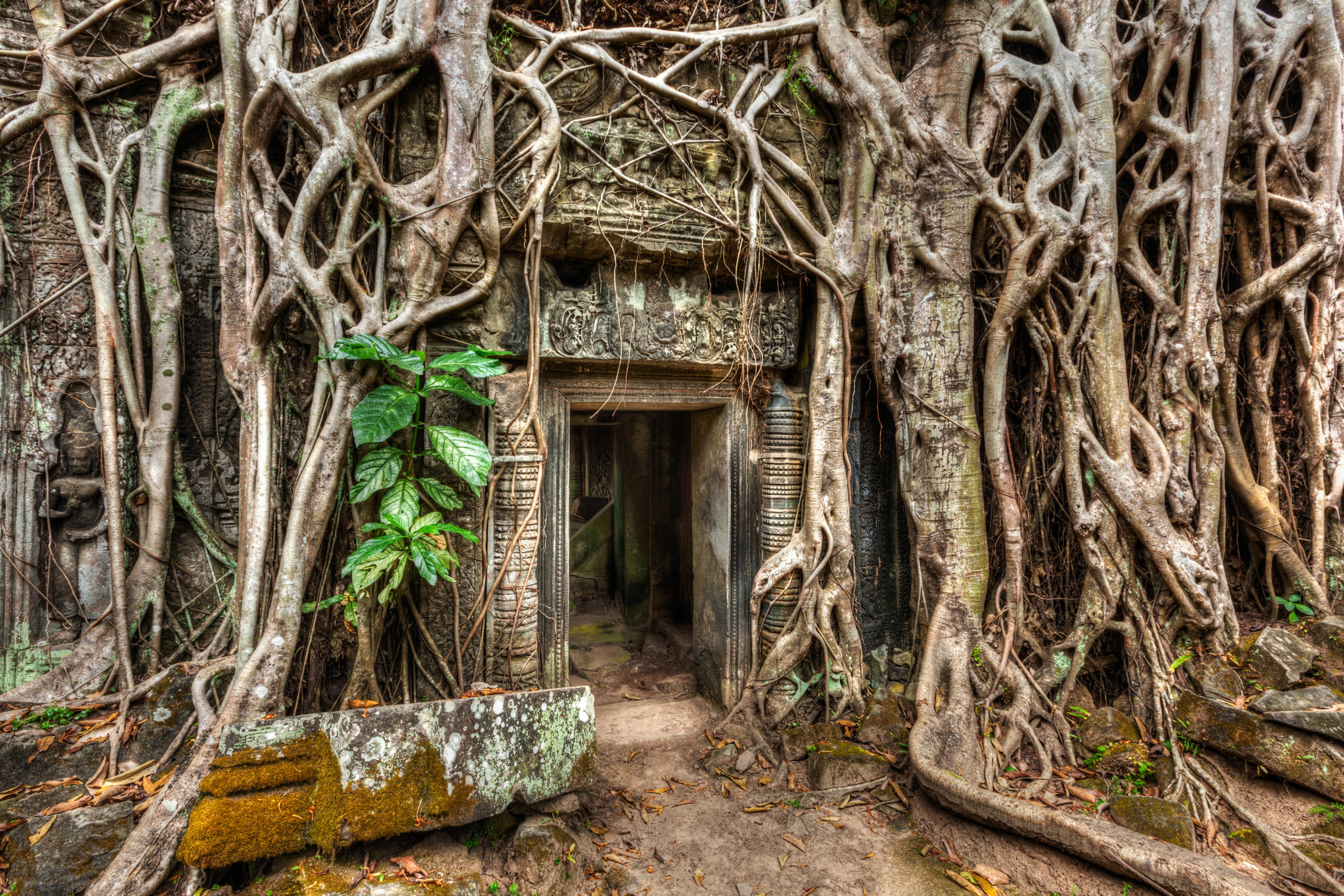
Ta Prohm is the jungle-draped jewel of Cambodia’s Angkor Wat complex—and perhaps the most visually iconic. While many nearby temples have been fully restored, Ta Prohm has been deliberately left in a state of partial ruin, allowing nature to weave its slow magic. Giant silk-cotton and strangler fig trees burst through stone walls, their roots snaking around ancient carvings with both power and grace. Moss and lichen paint the sandstone green, while shafts of light slice through the jungle canopy to illuminate centuries-old reliefs. Originally built in the late 12th century as a monastery and university, Ta Prohm once housed over 12,000 people. Now, it's a place of sublime stillness. There are no crowds, no loudspeakers—only the sounds of birds and rustling leaves. Popularized in films like Tomb Raider, the temple has become a symbol of romantic ruin, where history and nature embrace rather than compete. To wander here is to feel like an explorer in a forgotten world—one that continues to live, breathe, and inspire awe with every step.
13. The Orpheum Theatre – New Bedford, Massachusetts, USA
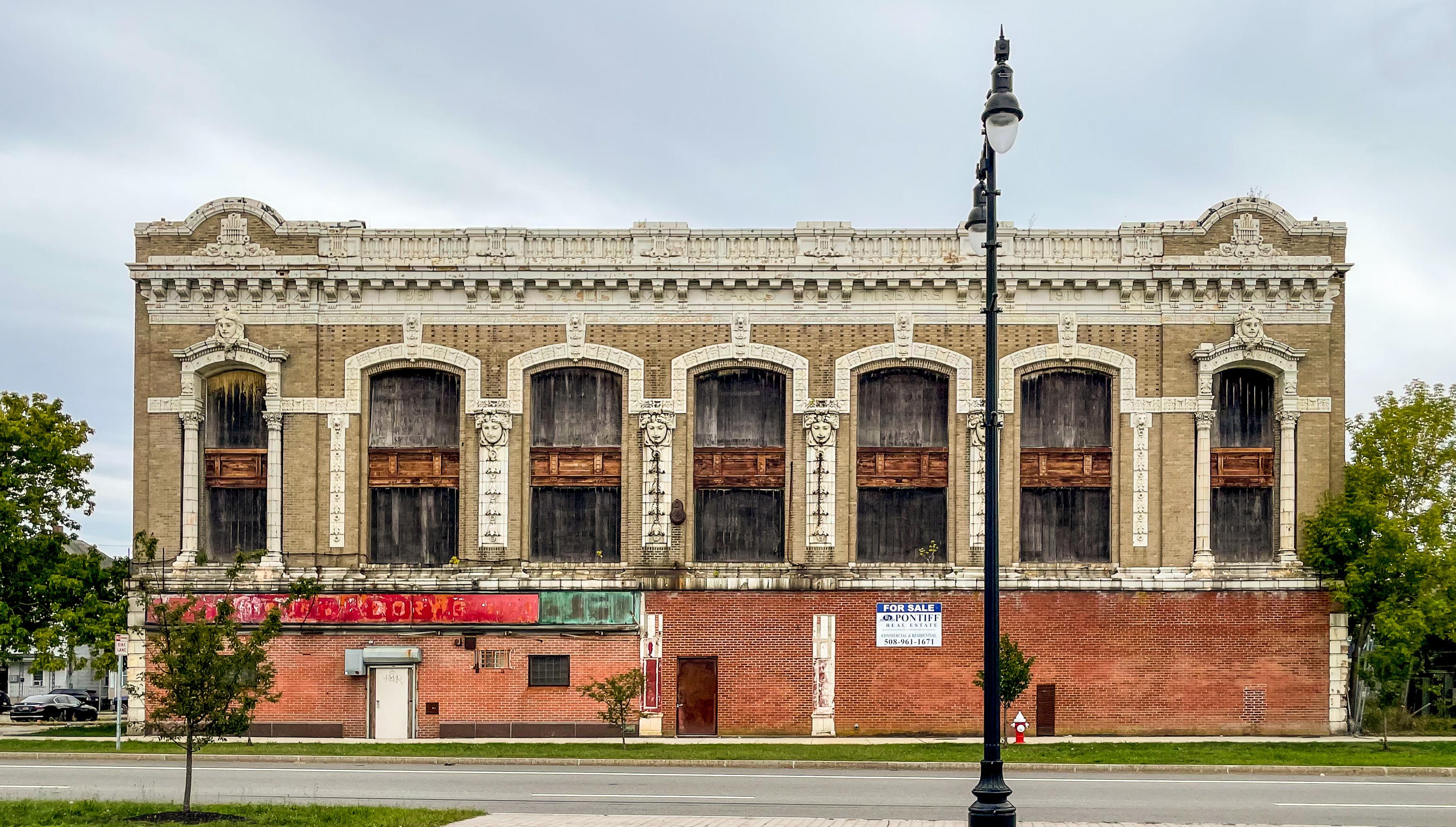
Built in 1912 during America’s golden age of theater, the Orpheum Theatre in New Bedford once echoed with the applause of vaudeville audiences and the elegant strains of a live orchestra. Its Beaux-Arts architecture featured ornate plasterwork, grand staircases, and a proscenium arch that dazzled under warm, flickering lights. Over the decades, the Orpheum adapted to changing tastes, screening silent films and talkies before eventually closing in the 1950s. It’s remained largely abandoned since, though parts were sporadically used for storage or community events. Today, the Orpheum’s faded opulence lends it an unforgettable aura. Dust clings to its tattered velvet seats, while fractured mirrors and gold-leaf detailing catch the dim light like whispers from another era. The stage still stands—its curtains torn, yet somehow majestic—ready to host the ghosts of performers long gone. Preservationists have worked to raise awareness and funds for restoration, and urban explorers continue to document its poetic decay. The Orpheum is more than a crumbling theater—it’s a love letter to the power of performance, memory, and the resilience of beauty.
14. Vozdvizhenka Estate – Kaluga, Russia
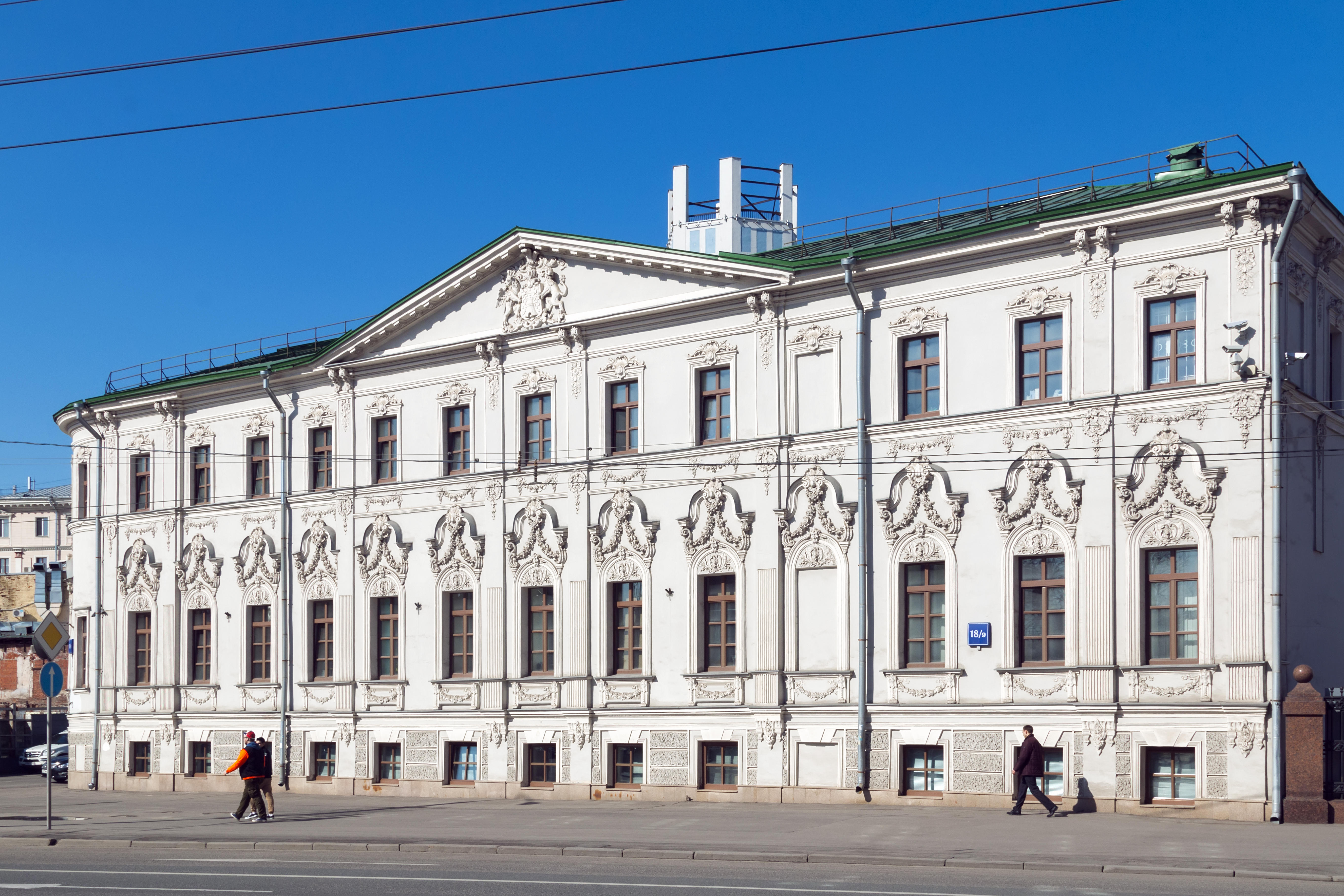
Hidden deep in the forests of Kaluga Oblast, the Vozdvizhenka Estate is a neoclassical mansion straight out of a Russian fairytale. Built in the late 18th century for a noble family, the estate once featured sweeping gardens, a grand ballroom, and frescoed ceilings that rivaled the most opulent palaces of St. Petersburg. After the Russian Revolution, however, it fell into disuse—converted to a boarding school, then abandoned altogether in the Soviet era. With no one to maintain it, nature crept in, and decay took root. Yet even in ruin, Vozdvizhenka remains breathtaking. Towering birch trees frame its crumbling façade like cathedral columns. Wildflowers spill across its once-manicured lawns, and faded frescoes peek through cracked plaster, hinting at the estate’s lost elegance. The roof has collapsed in parts, allowing rain and snow to seep in—but this only adds to the romantic melancholy. It’s a place where time slows, where you can almost hear distant music echoing from a forgotten waltz. For those who venture here, Vozdvizhenka offers more than a photo op—it offers a moment suspended in poetry.
Where Decay Becomes Art
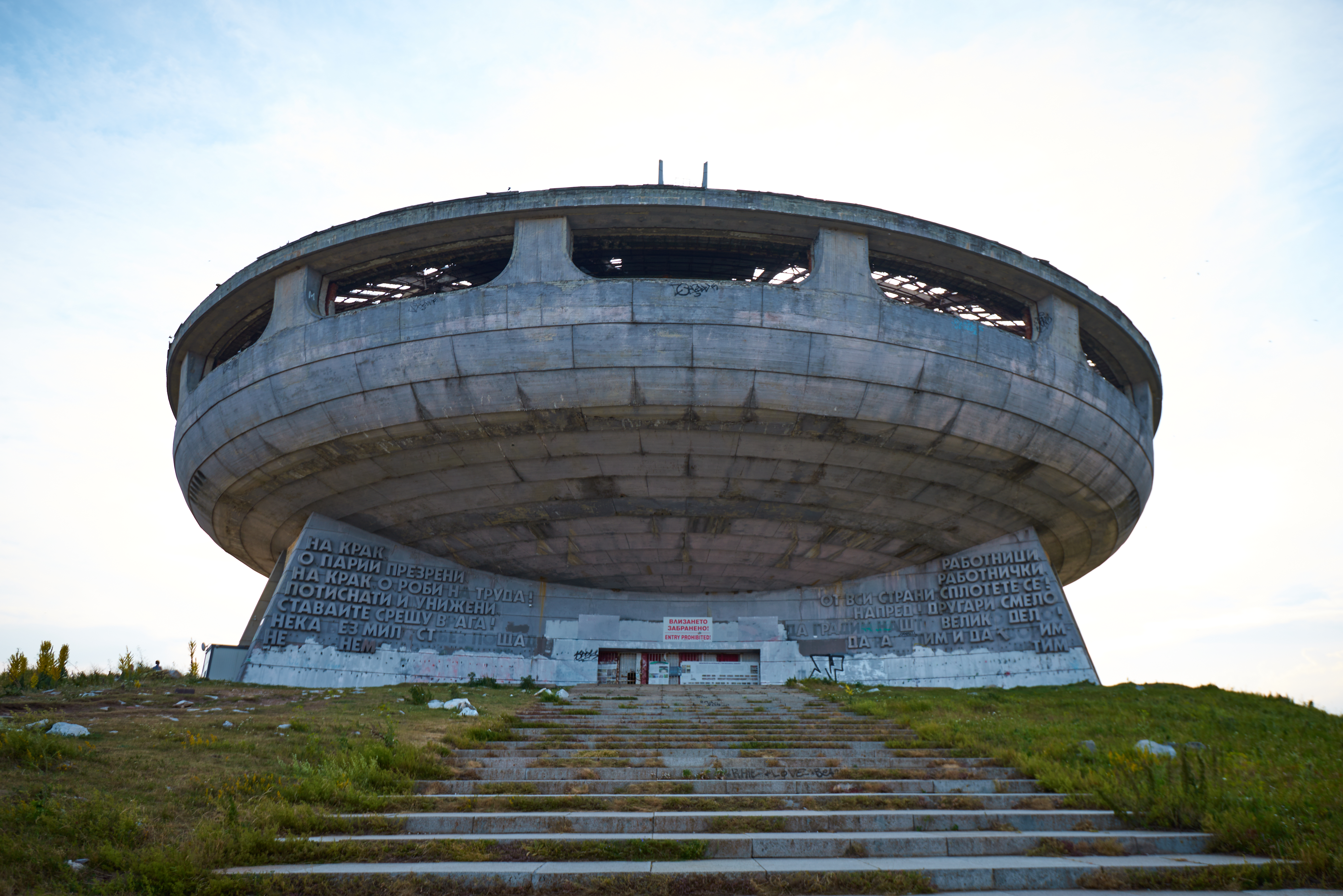
These 14 abandoned landmarks aren’t just relics of what once was—they're powerful reminders that beauty often flourishes in silence. Through the broken windows and ivy-covered walls, we glimpse the stories of those who came before and the forces of nature that reclaim all things. For travelers, artists, and dreamers alike, these haunting places are not endings, but invitations—to imagine, to reflect, and to rediscover the extraordinary in the forgotten.

